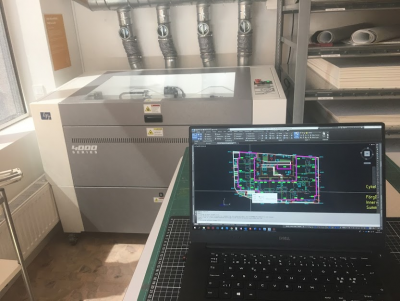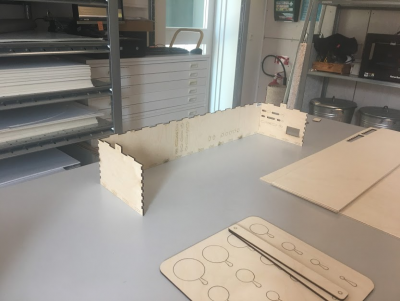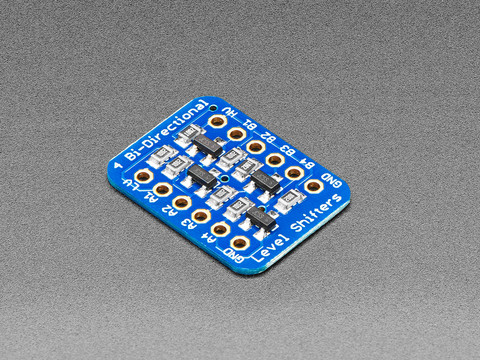I had come quite a way in planning my first reef tank build when I found out that my landlord doesn't approve of aquariums, or at least they have pretty much unrealistic safety measures you have to have in place. So I was forced to switch my focus over to something that could fill its place, at least until I live somewhere where I could have a reef tank.
So I started building a large tropical vivarium. It's taken quite some time because, one, it's my first ever vivarium build, and two, of course I wanted to go big from the start. It measures 48"(wide)x48"(tall)x36"(deep). So it's been quite a journey with breaks to just stop and figure things out and find solutions to everything and experiment with hardscape building.
Now it's come to the point where I need to get the controller for the whole setup up and running. And of course I still wanted to base it on Reef-Pi.
Features that the controller will handle:
Power controller
Some pictures of the vivarium build, next post I'll go over where I am at the moment with the controller. I should have all the parts and it's basically just wiring, soldering and setting up the software left. If you're not into vivariums just jump to the next post.





So I started building a large tropical vivarium. It's taken quite some time because, one, it's my first ever vivarium build, and two, of course I wanted to go big from the start. It measures 48"(wide)x48"(tall)x36"(deep). So it's been quite a journey with breaks to just stop and figure things out and find solutions to everything and experiment with hardscape building.
Now it's come to the point where I need to get the controller for the whole setup up and running. And of course I still wanted to base it on Reef-Pi.
Features that the controller will handle:
Power controller
- Misting system (24V high pressure diaphragm pump)
- Fogger (ultrasonic humidifier)
- 2x pumps for separate dripwalls/water features
- External ventilation (12V cpu fans)
- Possible future heating
- Humidity and temparature (2x DS18B20 + 1x SHT-31)
- Water sensors for return sump and RO reservoir for the misting system
- PWM + Mosfet drivers for 10x 20W led strips and moonlight
- PWM controlled 140mm cpu fans. Looking to hopefully put together some PWM programs like there are for powerheads for some variation.
Some pictures of the vivarium build, next post I'll go over where I am at the moment with the controller. I should have all the parts and it's basically just wiring, soldering and setting up the software left. If you're not into vivariums just jump to the next post.



















